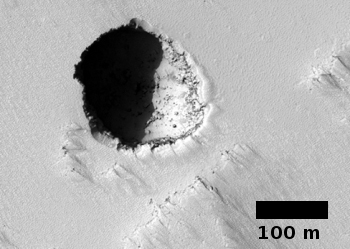ATV burns up, Progress launched
Busy day for travel to and from ISS: The European unmanned ATV freighter Johannes Kepler burned up in the atmosphere even as a Russian Progress freighter was launched.
In related news, the U.S. and ESA are in negotiations to merge the European unmanned ATV freighter program with NASA’s manned Orion derivative. At the same time, Europe has announced its plans to test fly a reusable space plane.
Busy day for travel to and from ISS: The European unmanned ATV freighter Johannes Kepler burned up in the atmosphere even as a Russian Progress freighter was launched.
In related news, the U.S. and ESA are in negotiations to merge the European unmanned ATV freighter program with NASA’s manned Orion derivative. At the same time, Europe has announced its plans to test fly a reusable space plane.

